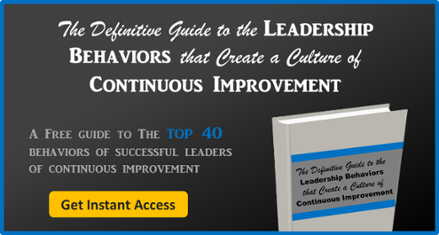 Merriam-Webster’s defines chaos as, “a state in which behavior and events are not controlled by anything.” You probably wouldn’t describe your organization as chaotic, but that’s exactly how uncontrolled change can feel.
Merriam-Webster’s defines chaos as, “a state in which behavior and events are not controlled by anything.” You probably wouldn’t describe your organization as chaotic, but that’s exactly how uncontrolled change can feel.
Change is a good and necessary part of business, but when it isn’t effectively managed it can lead to poor outcomes, disengaged employees, and unintended consequences.
That’s why change management software has been developed to ensure that each of the three phases of change is handled with intention and attention.
Phase I – Planning for Change
Careful planning is essential when it comes to making changes that improve processes in order to get better results. Change management software provides a platform for collecting opportunities for improvement. Organizations that use the PDSA or DMAIC improvement methodologies can leverage change management software to house the documents associated with the Plan or Define stages. It also becomes the system of record for baseline measurements and documentation of the current process.
Phase II – Implementing Change
Some changes are simple to implement and require only an update to the Standard work. Others are more complex and need to be rolled out over several weeks or require an improvement event. In either case, change management software helps managers assign tasks and track progress. It also makes it easy for cross-functional teams to communicate. Automated notifications and alerts keep everyone in the loop and make sure that momentum is maintained.
In most organizations, more than one change is happening at any given time. If all change was sequential, perhaps change management software wouldn’t be as essential, but that isn’t the case. Leaders need to be able to get instant visibility into all of the initiatives across the organization. Change management software provides dashboards that display the big picture and let leaders drill down for more detail on exactly what is happening and who is driving it.
Phase III – Analyzing Results
Organizations don’t make changes for the fun of it. They do so in order to have a positive impact on business metrics and to reduce waste. Change management software provides a mechanism to measure the impact of improvement on key performance indicators like cycle time, customer satisfaction, defects, expenses, safety, and revenue. It also serves as the repository of knowledge and sets the baseline for the next improvement cycle.
Robin Sharma is a Canadian writer and leadership speaker, best known for his The Monk Who Sold His Ferrari series. He once said, “Change is hard at first, messy in the middle, and gorgeous at the end.” Change management software can make it easier, much less messy, and even more impressive.



Add a Comment